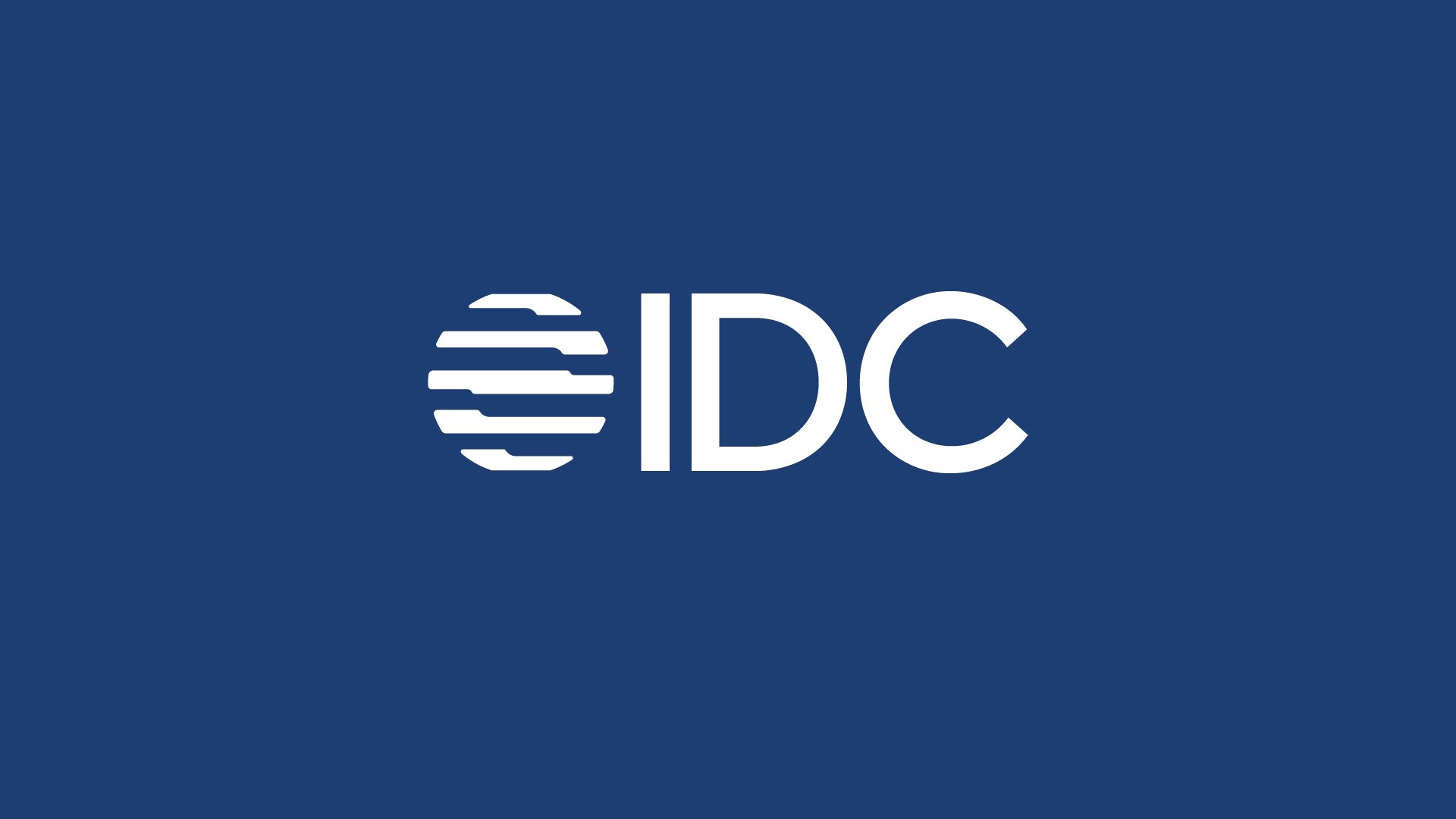
SoundHound AI and Allina Health Launch AI Agent to Redefine Patient Engagement
By offloading routine tasks to Alli, Allina Health’s customer experience representatives are now able to focus on patients who have more complex or sensitive needs.
Resources
Get the latest voice AI news, keep up on trends, get expert advice, and discover new solutions.
Our Company

Named Leader in IDC MarketScape: Conversational AI Platforms 2025 Vendor Assessment

IT leaders today are expected to deliver resilience, efficiency, and innovation — often with fewer resources. The answer isn’t hiring more staff. It’s enabling technology to do more, predict more, and act on our behalf.
Not long ago, IT “automation” meant making service desk tickets faster and more efficient. But today, that’s no longer enough.
With Autonomics, issues can be detected, contained, and resolved before a ticket is ever created. This shift moves us from a reactive model to a predictive, proactive, and resilient IT environment.
True self-healing technology doesn’t just process alerts, it behaves like a living system. It develops an “operational brain” that learns from your environment, builds muscle memory, and continuously improves responsiveness over time.
The result? Systems that optimize scarce resources like GPU/CPU utilization without needing teams of humans to constantly monitor them.
This is not about replacing people with machines. It’s about letting technology handle the routine, so humans can focus on innovation.
When IT operations run on autopilot, people step into the role of co-pilot. They are free to drive creativity, diversity of thought, and strategic initiatives that differentiate your business.
Autonomics acts as an orchestrator, breaking down silos across IT, analytics, ticketing, and data systems. Instead of relying on large-scale ERP overhauls, orchestration layers over existing environments, creating a unified ecosystem that adapts to your business needs.
This approach transforms both employee experience and customer experience — because empowering employees with better tools directly improves customer outcomes.
Today, IT doesn’t just stand for information technology. It stands for intelligent transformation.
That means technology must be empathetic, emotionally intelligent, and constantly learning. It should help system administrators become storytellers, architects become narrators, and leaders become enablers of innovation.
AIOps was a step forward, but it created alert fatigue and left humans overwhelmed.
Autonomics takes us further. It senses, responds, contains, and learns, working on behalf of your organization and evolving every day. This is a paradigm shift: moving from tools that need constant management to systems that manage themselves.
At its core, technology should do more than streamline processes; it should enable people to reach their full potential.
That’s why at SoundHound AI, we’re not just building technology. We’re shaping how people experience technology — unlocking creativity, avoiding burnout, and helping employees and leaders alike be their best.
As CIOs and IT leaders, our role is no longer just about keeping the lights on. It’s about driving intelligent transformation that balances resilience, efficiency, and human potential.
Autonomics isn’t just the future of automation—it’s the future of IT leadership.
Watch Shawnna DelHierro’s presentation at the CIO 100 Summit.

Shawnna DelHierro is Chief Information Officer at SoundHound AI, where she leads IT operations, cloud engineering, cybersecurity, and compliance to support the company’s expanding voice AI platform. She brings over 20 years of experience in technology leadership, having previously held CIO and CTO roles at VSP Global, Visionworks, and Sportsman’s Warehouse.
Subscribe today to stay informed and get regular updates from SoundHound AI.